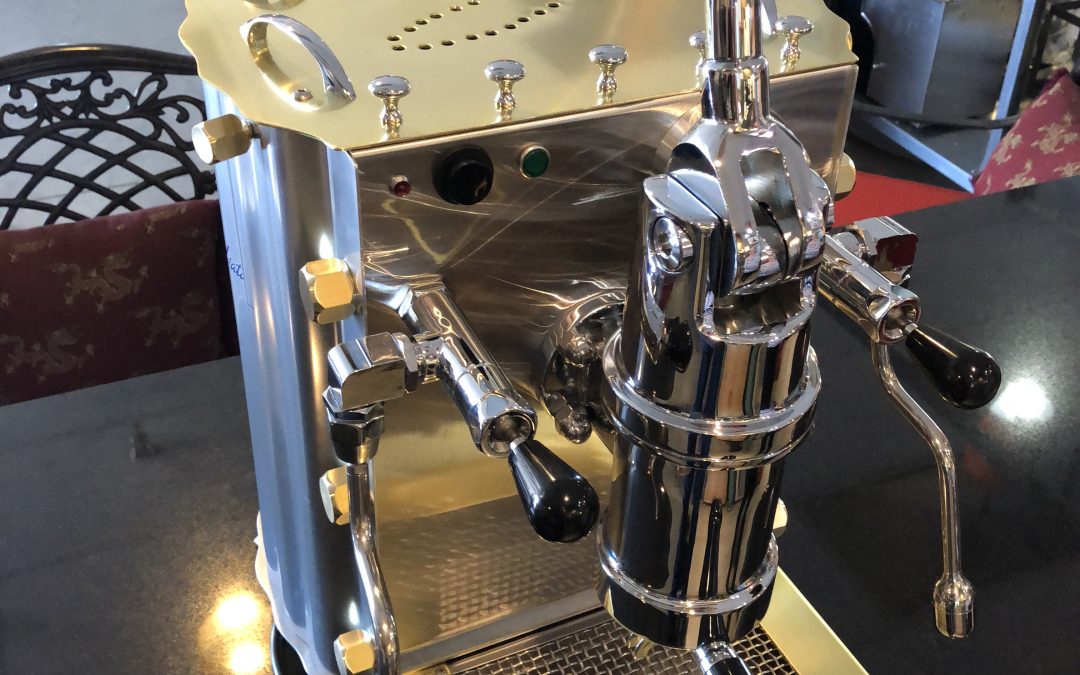Buying espresso beans is actually more complicated than it used to be with the advent of things like single-origin and omni-roasting. Here you’ll get the full explanation of what you need to know.
There’s nothing quite like a perfectly pulled espresso shot. The crema, the intense flavor, and the caffeine kick.
Pure coffee bliss…
But even though it seems straightforward, there are actually quite a few things you need to know when shopping for the best espresso beans imaginable.
In this article, I’ll take your hand and walk you through everything you need to know to become a legit home barista.
WHAT’S UNIQUE ABOUT ESPRESSO BEANS?
The first question you may ask is, ‘why not just use regular coffee beans?’
There are several reasons that most cafés use a special blend for espresso and not just regular filter coffee. A lot can be said about the subject but here are the main reasons:
- Tradition: Espresso has always been roasted darker than other types of coffee. People have come to expect a certain ‘espresso flavor’ than can’t be achieved with regular beans.
- Better with milk: If you want to use the espresso in a milk-based drink such as a latte or cappuccino, you’ll need a rather dark roast to “cut” through the creaminess of the milk.
- It’s cheaper: Single-origin coffee is expensive. For that reason, it makes sense to use an espresso blend in a busy café. Typically, a base of cheaper beans from countries such as Brazil and Indonesia is used in a blend. Maybe there’s even 20% of robusta mixed in.
SHOULD ESPRESSO COFFEE BE DARK ROASTED?
We already touched upon it, but yes, espresso should be at least a bit darker than regular beans. That is the tradition, and it’s also what most people prefer.
That being said there are many shades of dark.
I know it may sound vague, but my suggestion is to go for something that’s somewhere in the middle of the dark spectrum. This way you will get good results when drinking both lattes and flat whites, as well as single shot espresso. Beans can also be too dark and taste bitter and ashy.
How do you know if a given coffee is a dark roast? If the oil migrates to the outside of the bean, it means that it’s quite dark. If the beans have an almost shining surface, it’s considered a French or Italian style roast (aka really, really dark).
If the bean is still dark but dry in its appearance, we’d call it a ‘full city’ roast. That’s a bit darker than medium, but still quite suitable for espresso.
ARABICA VS. ROBUSTA
The arabica vs robusta debate can be quite heated and complicated.
Due to its bad publicity, I used to think that robusta was inferior to arabica no matter what but in recent years I have changed my opinion. It is possible to find quite a delicious robusta, however, it’s still a rarity.
Unless you happen to know a green coffee buyer personally, you’re not likely to encounter this kind of coffee. For sure, you’ll never find it in your local supermarket.
For the full article CLICK HERE



Recent Comments